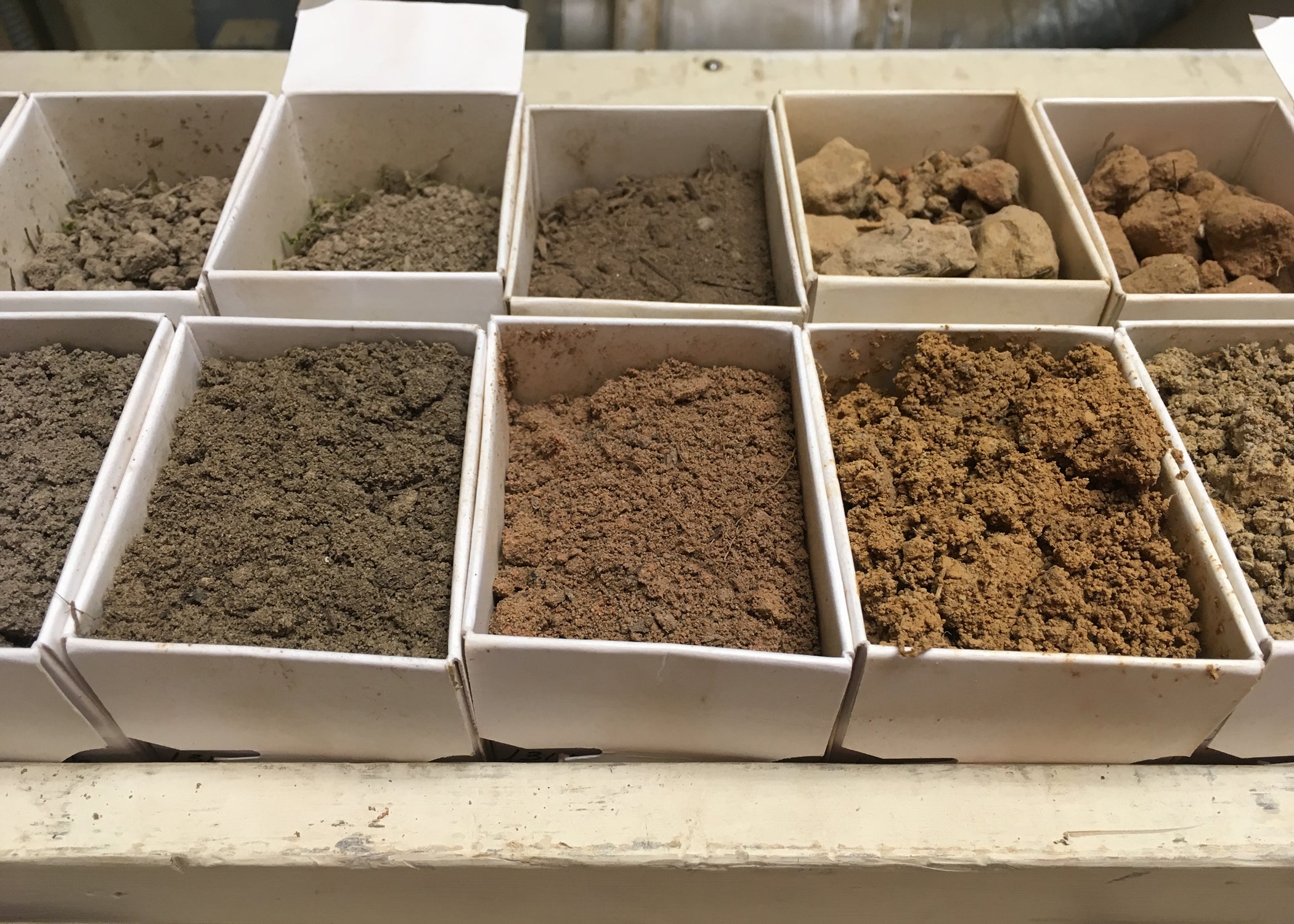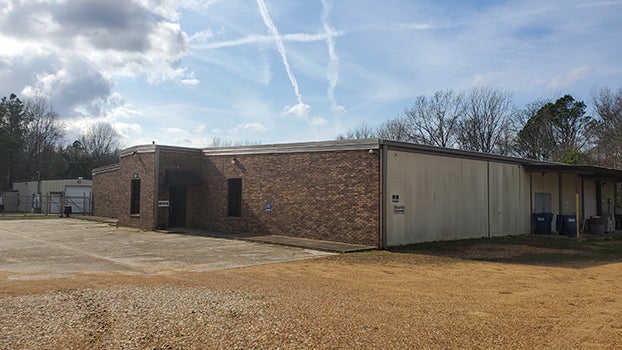Gardeners can prep for spring with soil test
Published 12:43 pm Tuesday, January 24, 2023

- BOXES -- The Mississippi State University Extension Service Soil Testing Laboratory analyzes the nutrient content of various soils and provides fertilizer recommendations. (Photo by MSU Extension/Keri Jones) Alt text -- Ten boxes in rows hold soil samples.
By Keri Jones
MSU Extension Service
As you walk around the landscape in January and look forward to the joy of starting a flower or vegetable garden, don’t overlook what you are stepping on. Healthy, productive plants require healthy soil.
While soil may not be as eye-catching as narcissus or redbud flowers, it does require your attention. How do you know if your soil is ready for the plants you envision in your yard? One of the simplest ways to find out is to get a soil test.
The Mississippi State University Extension Service offers soil testing services through the Soil Testing Lab. Find complete cost information and instructions on how to submit a sample for testing at .
Once your soil has been tested, you will receive a report with details about your soil. The most important information from a soil test report is soil pH, which measures the acidity of the sample. If soil pH is not optimal for your plants, the needed nutrients will not be as accessible to plant roots.
If your soil pH is too low for the plants you would like to grow, the soil test report will provide a recommendation to add lime. Pelletized lime is readily available from your county co-op or big-box store.
The soil test report tells you the amount of lime your garden needs. You can spread lime over the top of the soil and water it in, but it is more effective if the liming material is worked into the soil.
The chemical process of raising pH by adding lime to the soil takes time, so get your test done now. If your soil test calls for lime, adding it in January or early February gives your garden enough time for the liming material to raise your soil pH to optimal levels by March or April.
This is a positive step toward successful spring planting.
The soil test report you get back also provides a fertilizer recommendation. The most effective fertilizer programs follow the “four Rs” — right rate, right time, right placement and right source.
The right rate means you apply an amount of fertilizer appropriate for the plant’s needs. The idea that “if a little is good, more is better” does not apply to fertilizer.
There is a right time to apply fertilizer, and that is during the growing season and at appropriate intervals. The soil test report will tell you when to apply fertilizer and how often to reapply.
The right placement of fertilizer means you make sure it is within reach of the plant roots. If you broadcast fertilizer across your yard and some lands on sidewalks or the driveway, be sure to sweep it back into the landscape.
The right source of fertilizer depends on your situation. Decide whether you prefer using organic fertilizer, such as composted animal manure, or synthetic, which includes those labeled, for example, 13-13-13.
If you enjoy investing in plants, do the plants a favor and invest in learning more about your soil.
Following soil test recommendations will maximize your ability to provide needed nutrients to your plants while minimizing potentially negative environmental impacts. The four Rs limit excess fertilizer application, which saves money and minimizes fertilizer runoff when it rains.
Take the opportunity here at the beginning of the year to measure soil pH and adjust it if needed, and then you will be ready to grow your best plants. Don’t guess; soil test!





